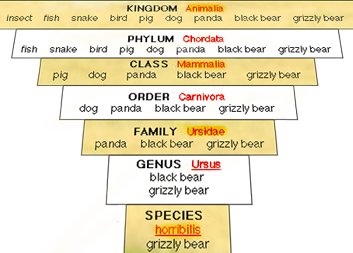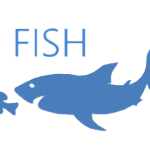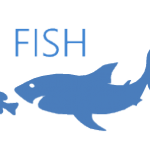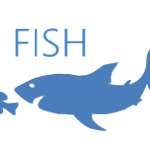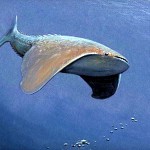Name of animal-plant: Ballyhoo
Species name: Hemiramphus brasiliensis
The Ballyhoo halfbeak or Ballyhoo, (Hemiramphus brasiliensis), is a baitfish of the halfbeak family (Hemiramphidae). It is similar to the Balao halfbeak in most features. Ballyhoo are frequently used as cut bait and for trolling purposes by saltwater sportsmen,. The fish is known to have reports of ciguatera poisoning to humans[citation needed].The fish also known as Balahu, Redtailed balao, Yellowtail ballyhoo, Ballyhoo can also be seen above the waters skimming the surface to escape from their predators. The appearance is similar to skipping stones on the water.
The body shows typical halfbeak shape with an elongated lower jaw and cylindrical elongated body. They have no spines on fins, but do have 13-14 rays of their dorsal fins and 12-13 rays on their anal fins. The longest recorded Jumping halfbeak was 55 cm long, but most do not exceed 35 cm. There is no ridge between nostril and eye. It feeds mainly on sea grasses and small fish.
Animal type: FISH
A fish is any member of a group of organisms that consist of all gill-bearing aquatic craniate animals that lack limbs with digits. They form a sister group to the tunicates, together forming the olfactores. Included in this definition are the living hagfish, lampreys, and cartilaginous and bony fish, as well as various extinct related groups. Tetrapods emerged within lobe-finned fishes, so cladistically they are fish as well. However, traditionally fish are rendered paraphyletic by excluding the tetrapods (i.e., the amphibians, reptiles, birds and mammals which all descended from within the same ancestry). Because in this manner the term “fish” is defined negatively as a paraphyletic group, it is not considered a formal taxonomic grouping in systematic biology. The traditional term pisces (also ichthyes) is considered a typological, but not a phylogenetic classification.
Subcategory: m_pelagic
Pelagic fish live in the pelagic zone of ocean or lake waters – being neither close to the bottom nor near the shore – in contrast with demersal fish, which do live on or near the bottom, and reef fish, which are associated with coral reefs.
The marine pelagic environment is the largest aquatic habitat on Earth, occupying 1,370 million cubic kilometres (330 million cubic miles), and is the habitat for 11% of known fish species. The oceans have a mean depth of 4000 metres. About 98% of the total water volume is below 100 metres (330 ft), and 75% is below 1,000 metres (3,300 ft).
Fact:
All animals and plants are given a species name based on a technical term in biological taxnomy. The species name consists of two words and is based on Latin.
The first part of the name identifies the genus to which the species belongs and the second part identifies the species within the genus. In this animals case it is: Hemiramphus brasiliensis


